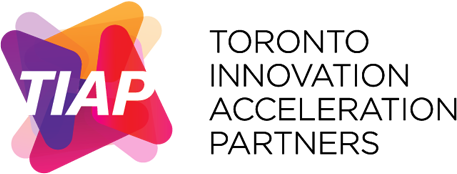$200,000 donation to establish Student Training Fund in Otoscopy at U of T
OtoSim™ device’s integration into medical students’ curriculum to help improve diagnosis accuracy by 44 per cent

TORONTO, ON (Feb. 5, 2014) — The University of Toronto (U of T) is creating a Student Training Fund in Otoscopy in partnership with OtoSim Inc., thanks to a $200,000 donation led by Mr. Ralph Chiodo, founder of Active Green + Ross. Other donors include some franchisees of Active Green + Ross and others among Chiodo’s friends and associates.
The Halldale Group, a publisher specializing in simulation and training information, covered this funding announcement.
Through the donation, undergraduate medical students will have access to better otoscopy training through the use of the OtoSim™ in their curriculum. Otoscopy, the diagnostic examination of the ear, is one of the most poorly-acquired medical skills in students, general practitioners and pediatricians, achieving a fifty per cent accuracy rate.
Ralph Chiodo’s donation allows OtoSim Inc. to provide 66 otoscopy training units, known as the OtoSim™, to U of T. The devices, which can be networked to facilitate mass training exercises, will help undergraduate medical students to be effectively trained to diagnose ear problems using an otoscope.
Watch how the OtoSim™ can be used in mass training exercises. Nearly 100 second-year medical students voluntarily attended the OtoSim™ training session to better prepare their otoscopy skills for the clinic.
“We are excited to be the first official OtoSim™ mass-training site and thank Mr. Ralph Chiodo for leading the charge on fundraising for this unique learning opportunity,” said Ian J. Witterick, professor and chair in U of T’s Department of Otolaryngology-Head & Neck Surgery.
“A clinical study demonstrated that with only a couple hours of group training, the accuracy of third-year medical students increased from 54 per cent to 78 per cent,” said Dr. Andrew Sinclair, OtoSim CEO and former senior director at MaRS Innovation. “Mr. Ralph Chiodo’s donation will help us to ensure that more medical students graduate with a much higher proficiency in this critical primary physical examination skill.”
